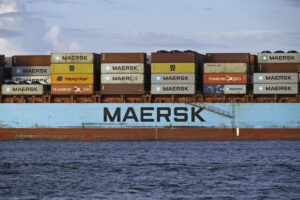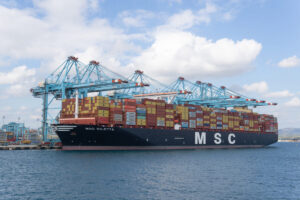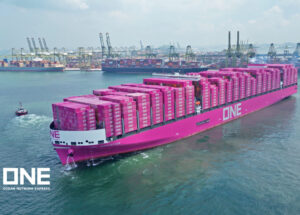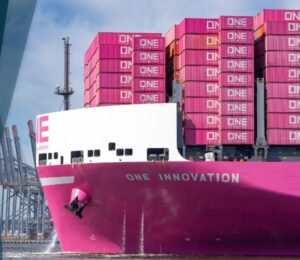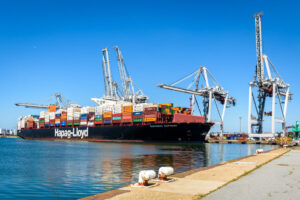Ports are just one node in the supply chain and today’s shippers and beneficial cargo owners (BCOs) are seeking reliability and visibility across their entire logistics operations.
Consequently, there is now a strong emphasis on improving these two demands in the rail sector and in intermodal terminals.
PTI recently spoke to Tom Forbes, Head of Navis Rail, Navis, about some of the demands rail is seeing, the technology that has potential in this sector and how far automation can go.
Achieving visibility
“The key word with supply chain visibility for shippers is ‘certainty’. For rail to be competitive it needs to provide certainty to customers, and that is greatly enabled by visibility across the supply chain, which enables the ability to pass on that visibility to customers,” Forbes said.
He explained that supply chain visibility is an enabler for more intelligent planning to improve traffic flows.
“Imagine the modal connection points, say a marine terminal, like a set of traffic lights. Providing advance knowledge to sea, road and rail operators of the color of the traffic light allows them to make decisions to improve the overall flow of transportation, ensuring transports are not rushing to a red light to then queue or are prioritising traffic when they know the light is green,” he said.
One challenge that comes with achieving supply chain visibility is finding ways to fully track containers, think Amazon delivery tracking.
Forbes noted that technology can help minimize this challenge.
“If relying purely on a software solution for tracking, some instruction and discipline is required to ensure that containers are handled as the software instructs. For example, are they parked in the assigned spot by the OTR driver, handled as instructed by the crane operator, etc. Periodic inventory checks and spot reporting can help identify drivers and crane operators who have a tendency to not follow software instructions.
“Other technology, like RTLS & RFID, can automate the spotting & locating of equipment, helping further ensure the accuracy of inventory, stacking, and movement.”
On the journey to automate
“Automation is a common point of discussion, but within freight rail the expectation is that there will still be someone in the cab of the train. However, to get full benefit from automation it will require changes to regulations and labor contracts and workforce management solutions become an integral part of determining how to plan and manage crews, particularly in a more dynamic environment,” Forbes said.
A rail terminal’s journey towards automation depends on how much operations can benefit what and its technological readiness of an operation to automate, for example whether the site is greenfield or brownfield.
“It also depends highly on the type of automation the terminal wishes to undertake – process automation, where certain operational flows can be streamlined through automated data capture (like OCR & RFID), and equipment automation (automated cranes, for example) are two distinct types of automation, each with their own benefits and challenges.
“The early opportunities that rail intermodal terminals leverage tend to be in gantry crane automation (RMG or RTG), which is a benefit in both cost and safety, and automatic gate operation. Container stacking and transport is another clear area where automation is being pursued.
“One of the remaining challenges for automation in terminals is automatic train loading and unloading.”
Data and AI
Data plays a big part in today’s supply chain and Forbes said that, broadly speaking, the biggest challenges in the way of integrating data are in capture and standardization, with the latter remaining a big issue.
“The capture challenge is largely being solved and is well understood. Enabling devices like RFID, GPS and general IoT devices are sufficiently mature and cost effective that the majority of equipment and cargo can be enabled to provide information, either in real-time or at capture points (readers),” he explained.
“Standardisation remains problematic, particularly where global parts of the supply chain meet local parts of the supply chain. Various initiatives are underway to standardize data and technology can also be used to link various data standards together.”
However, as supply chain data becomes more connected,this is where the benefits of Artificial Intelligence (AI) will come into their own.
“AI has been over-hyped in many respects, not because it isn’t a game changer in term of delivering productivity benefits, but because it relies on consistent, timely and high-quality data in order to really shine. The ability to make better predictions of what is likely to happen and decisions on how to respond to provide good service efficiently will be unlocked by AI as data is democratised,” Forbes said.


